An 84-year-old female presents with high venous pressure and circulation for fistulagram. Dr. Steerman treats the two areas with balloon angioplasty, Covera™ Vascular Covered Stent and post-stent dilatation using the Conquest PTA Balloon Dilatation Catheter.
This is an 84 year old female um with a brachial axillary, a V graft that goes in a lateral position right here. A nice big loop, a nice big cannulation zone. Uh She presents today with um high venous pressure and, and Venus circulation uh for a festal gram just on exam. This entire graft right here is very pulsatile. Um So, uh we're expecting something central to this. She doesn't have arm edema. Um So I think it's less likely that it's something central. Um that's symptomatic and we're gonna numb her up on the arterial limb and place our access. You can see the um high back pressure um with access right there, consistent with heist and I uh Venus pressure. Um as is not uncommon, we have been unable to get a peripheral IV. Um And uh we have the option to do this under straight local or um if we're gonna do something a little bit more involved, we'll inject something through the sheath. Looks like a uh a generous graph that we have there. Um And, and due to the curve there, coo would probably be the best stent for that area. Um there's a size discrepancy between the graft and the vein. So I think something in flared configuration. Um We've got a 960. I uh I think that's reasonable and that's, that's a flared cora. So looking at our reference image, um we have a couple of options about how we're going to set this up. Um The surgeon who placed this graph was very nice uh to leave some internal controls and internal ways of figuring out where the stenosis is. You can see there's uh about six clips or eight clips right at that Venus anastomosis. So we can use that as internal markers. The other option is to do a, a road map situation. You just about ready. Yep. Um to do AAA road map or, or to mark the screen, I think with the clips that we have, we don't need to do either of those. So we'll push it in and then we'll pull it back a little bit to take some of the tension out of there. We have a little bit of oozing around there, just put a little bit of, I'm just putting a little bit of pressure over there. Um We chose the 60 because we're gonna get completely through the curve of that Venus anastomosis. We don't want to end our stint ever in a curve. Um The lock is turned off. Um I typically just use um the larger wheel. Um What happens sometimes is you start to deploy the cora is, it can inch forward and you see that happening right there, it just often inch inches forward. Um And then you pull it back just a little bit as you're deploying it. So with back pressure and deploy it right there, continued back pressure through that curve segment. And then we've got deployment right there completely. Can you walk that off, please? And holding pressure right here, we still have some residual stenosis which speaks to incomplete angioplasty even though it was a properly sized um angioplasty balloon. Um And now we're going to try to do some post uh stent dilatation with our balloon. It's interesting to see that even though it was a short area of stenosis, we really did have to stent through that entire area uh to, to get a good result. I, I think anything shorter really, um, would have been a mistake and we would have regretted it. Um Now, while, while I'm doing things, I, I do like to move fairly quickly. Putting a balloon through a fresh stent is one thing that I will do very slowly. We don't want it to get caught and change the configuration. Um After we do our post uh balloon angioplasty, go ahead. Um It will be somewhat more adherent to that area and less likely to move and take it all the way to burst there or the eight. Ok. And down, please. Um The flare configuration is very nice. I use it pretty frequently when we have mismatch size vessels such as this and you can already see that we have better uh effacement of that stint looks great. I mean, that, that really looks great. Very happy with the way the contrast is moving through that area. You can see on the ends of each stent that there's complete uh contact with the wall right there. Um The stent isn't causing any sort of narrowing in one way or the other. The contrast to that area, both the pacification of the contrast and the clearing of contrast is very rapid. Um, and I, I think that's a nice result. Um, she shouldn't have any more problems. All right. Let me take everything out, put our stitch in and we did that without any sedation. Is that right? Ok.
 Content on this site is intended for United States Healthcare Professionals Only
Content on this site is intended for United States Healthcare Professionals Only


